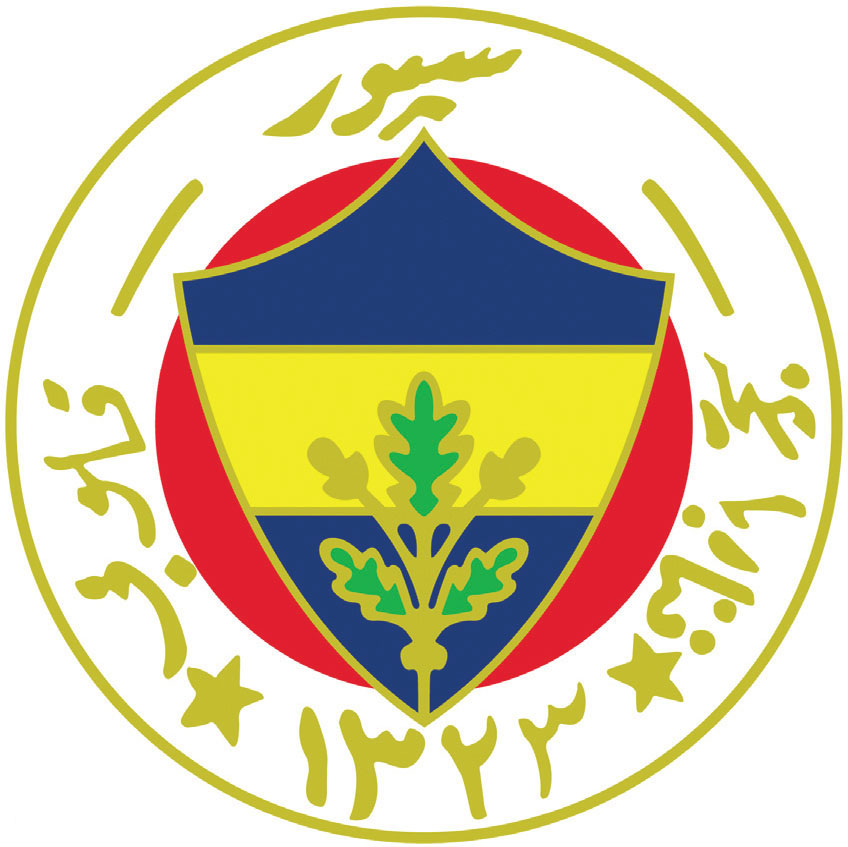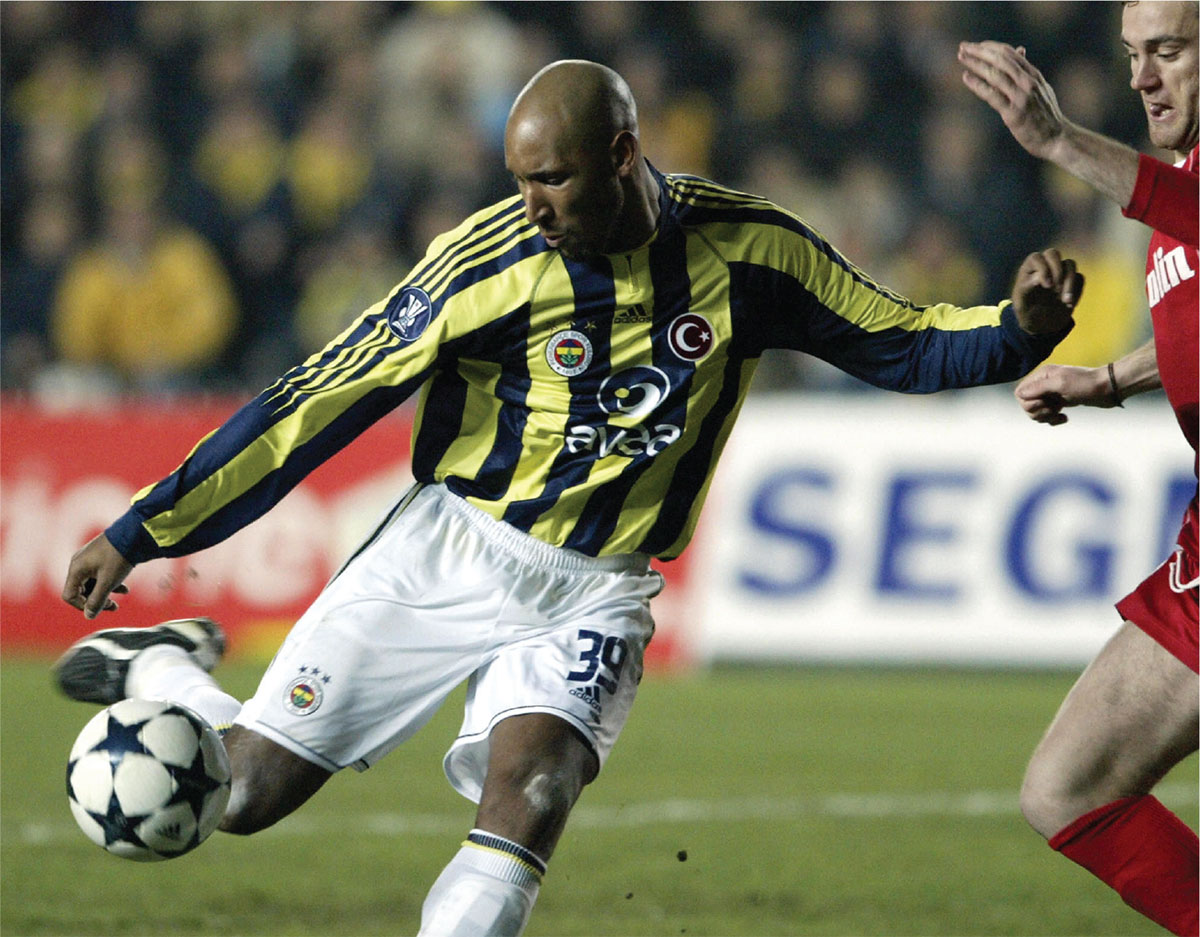
FENERBAHÇE
THE GARDEN OF THE LIGHTHOUSE
The Strait of Bosphorus doesn’t just connect the Black Sea to the Mediterranean, it also divides Europe from Asia. It cuts right through Istanbul, dividing the Turkish metropolis in two – and keeping the arch-rivals Fenerbahçe and Galatasaray apart. The academics’ Galatasaray is to be found on the European side amid sights such as the Galata Tower, Hagia Sophia and the Blue Mosque, while the workers’ club Fenerbahçe has the harbour area Kadiköy on the Asian side as their base. These roots in different social classes and parts of the world means that the rivalry between Fenerbahçe and Galatasaray seems inevitable.
Ever since the first national championship was organised in 1959, the atmosphere between the two Istanbul giants has been charged with animosity. Fenerbahçe were crowned the first national champions after beating Galatasaray 4-1 on aggregate. Then followed three consecutive titles, which laid the foundations for the club’s successes.
But Fenerbahçe’s history is not a wholly uncomplicated one. In 2011 the club won its 18th league title, but this would be overshadowed by a match-fixing scandal. The club was punished with a two-year ban from European competition instead of relegation – the correct punishment according to Turkish law. In October 2015, after a year in prison, Fenerbahçe’s chairman Aziz Yıldırım and his colleagues were released on appeal. Fenerbahçe supporters rejoiced, but opposition fans around the country felt that the Istanbul club had been saved by Turkish President Recep Tayyip Erdogan, who had bent the rules in order to curry favour with the country’s biggest group of fans – a huge addition to his electoral base.
CLUB: Fenerbahçe SK
NICKNAMES: Sari Kanaryalar (the Yellow Canaries), Sari Lacivertliler (the Blue and Yellows), Efsane (the Legends) and Fener
FOUNDED: 1907
STADIUM: Sükrü Saracoglu Stadium, Istanbul (50,509 capacity)
HISTORIC PLAYERS: Zeki Rıza Sporel, Müjdat Yetkiner, Toni Schumacher, Rüstü Reçber and Alex

1910–1929. When the club was founded in 1907 in Kadiköy, its name and colours were taken from the local lighthouse: Fener means lighthouse and bahçe garden. Around the lighthouse grew daffodils, which are usually yellow and white, and these became the colours of the club’s first kit. In 1910 Fenerbahçe player Topuz Hikmet designed the club’s first crest.

1929–present. After the Turkish language reform of 1928, when the Arabic alphabet was replaced with the European version, so the crests of several clubs were altered, among them Fenerbahçe’s. The emblem was udpated in 1929 with Turkish writing (which has its origins in Latin), while the colours and symbols remained. The white circle, which carries the name, symbolises purity and openness. The red stands for love and the Turkish flag. Yellow represents the envy of their adversaries, and blue symbolises nobility. The oak leaf suggests the power within the club and the green bears witness to their success.

In terms of league titles, Fenerbahçe are Turkey’s most successful club. Note the additional Turkish flag on Nicolas Anelka’s shirt in 2005.This indicates that the Yellow Canaries are the reigning league champions.